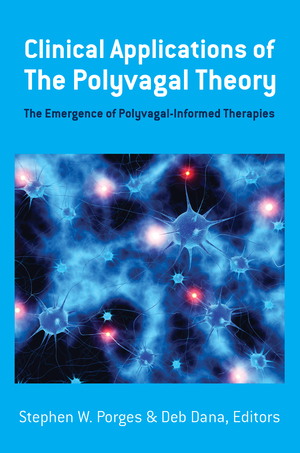BOOK

Clinical Applications of the Polyvagal Theory: The Emergence of Polyvagal-Informed Therapies

Clinicians who have dedicated their work to bringing the benefits of the Polyvagal Theory to a range of clients have come together to present Polyvagal Theory in a creative and personal way. See more...











